Known as the “Master of Suspense”, Sir Alfred Joseph Hitchcock is widely regarded as one of the most influential figures in the history of cinema.
Hitchcock grew up in London’s East End in a milieu once haunted by the notorious serial killer known as Jack the Ripper, talk of whom was still current in Hitchcock’s youth two decades later.
Although he had two siblings, he recalled his youth as a lonely one, with a father who was a stern disciplinarian; it is said that he once ordered Alfred to appear at the local police station with a note saying that he had been misbehaving, whereupon the sergeant on duty (at the request of Hitchcock’s father) locked him up for a few minutes, a sufficient length of time to give Alfred a fear of enclosed spaces and a strong concern for wrongful imprisonment, both of which would figure in his later work.
 Hitchcock was studying engineering at London County Council School of Engineering and Navigation when, in 1914, his father died suddenly, prompting him to drop out in order to help support his family.
Hitchcock was studying engineering at London County Council School of Engineering and Navigation when, in 1914, his father died suddenly, prompting him to drop out in order to help support his family.
Highly interested in the then new industry of film production, he made his first foray into movie making when he was hired at the London branch of Famous Players-Lasky as a title card designer.
There, he gained experience in writing, editing, and production management, and was eventually assigned his first film as a director, “The Pleasure Garden” (1925).
Collaborating with his wife, the writer, script supervisor, and editor Alma Reville almost from day one, Hitchcock would make a name for himself as a director just a short while later with his first thriller, “The Lodger: A Story of the London Fog” (1927).
 His thrillers The 39 Steps (1935) and The Lady Vanishes (1938) are ranked among the greatest British films of the 20th century.
His thrillers The 39 Steps (1935) and The Lady Vanishes (1938) are ranked among the greatest British films of the 20th century.
By 1939, he had international recognition and producer David O. Selznick persuaded him to move to Hollywood. A string of successful films followed, including Rebecca (1940), Foreign Correspondent (1940), Suspicion (1941), Shadow of a Doubt (1943), and Notorious (1946). Rebecca won the Academy Award for Best Picture, with Hitchcock nominated as Best Director; he was also nominated for Lifeboat (1944) and Spellbound (1945).
After a brief commercial lull, he returned to form with Strangers on a Train (1951) and Dial M for Murder (1954); he then went on to direct four films often ranked among the greatest of all time: Rear Window (1954), Vertigo (1958), North by Northwest (1959) and Psycho (1960), the first and last of these garnering him Best Director nominations.
The Birds (1963) and Marnie (1964) were also financially successful and are highly regarded by film historians.
 The “Hitchcockian” style includes the use of editing and camera movement to mimic a person’s gaze, thereby turning viewers into voyeurs, and framing shots to maximize anxiety and fear.
The “Hitchcockian” style includes the use of editing and camera movement to mimic a person’s gaze, thereby turning viewers into voyeurs, and framing shots to maximize anxiety and fear.
The film critic Robin Wood wrote that the meaning of a Hitchcock film “is there in the method, in the progression from shot to shot. A Hitchcock film is an organism, with the whole implied in every detail and every detail related to the whole.”
Hitchcock made multiple films with some of the biggest stars in Hollywood, including four with Cary Grant in the 1940s and 1950s, three with Ingrid Bergman in the last half of the 1940s, four with James Stewart over a ten-year span commencing in 1948, and three with Grace Kelly in the mid-1950s. Hitchcock became an American citizen in 1955.
 Hitchcock’s films usually center on either murder or espionage, with deception, mistaken identities, and chase sequences complicating and enlivening the plots.
Hitchcock’s films usually center on either murder or espionage, with deception, mistaken identities, and chase sequences complicating and enlivening the plots.
Wry touches of humor and occasional intrusions of the macabre complete this mixture of cinematic elements. Three main themes predominate in Hitchcock’s films.
The most common is that of the innocent man who is mistakenly suspected or accused of a crime and who must then track down the real perpetrator in order to clear himself (e.g., The Lodger and North by Northwest).
The second theme is that of the guilty woman who enmeshes a male protagonist and ends up either destroying him or being saved by him (e.g., Vertigo and Marnie).
The third theme is that of the (frequently psychopathic) murderer whose identity is established during the working out of the plot (e.g., Shadow of a Doubt and Psycho).
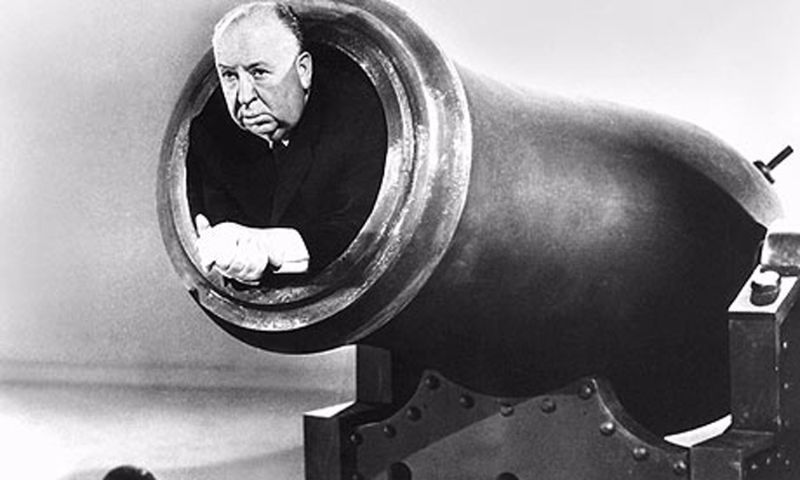 Hitchcock’s greatest gift was his mastery of the technical means to build and maintain suspense. To this end he used innovative camera viewpoints and movements, elaborate editing techniques, and effective soundtrack music, often supplied in his best films by Bernard Herrmann.
Hitchcock’s greatest gift was his mastery of the technical means to build and maintain suspense. To this end he used innovative camera viewpoints and movements, elaborate editing techniques, and effective soundtrack music, often supplied in his best films by Bernard Herrmann.
He had a sound grasp of human psychology, as manifested both in his credible treatment of everyday life and in the tense and nightmarish situations encountered in his more-chilling films.
His ability to convincingly evoke human menace, subterfuge, and fear gave his psychological thrillers great impact while maintaining their subtlety and believability.
He was also a master of something he called the “MacGuffin”—that is, the use of an object or person who, for storytelling purposes, keeps the plot moving along even though that thing or person is not really central to the story.
As of 2021, nine of his films had been selected for preservation in the United States National Film Registry, including his personal favorite, Shadow of a Doubt (1943).
He received the BAFTA Fellowship in 1971, the AFI Life Achievement Award in 1979, and was knighted in December that year, four months before his death on 29 April 1980.






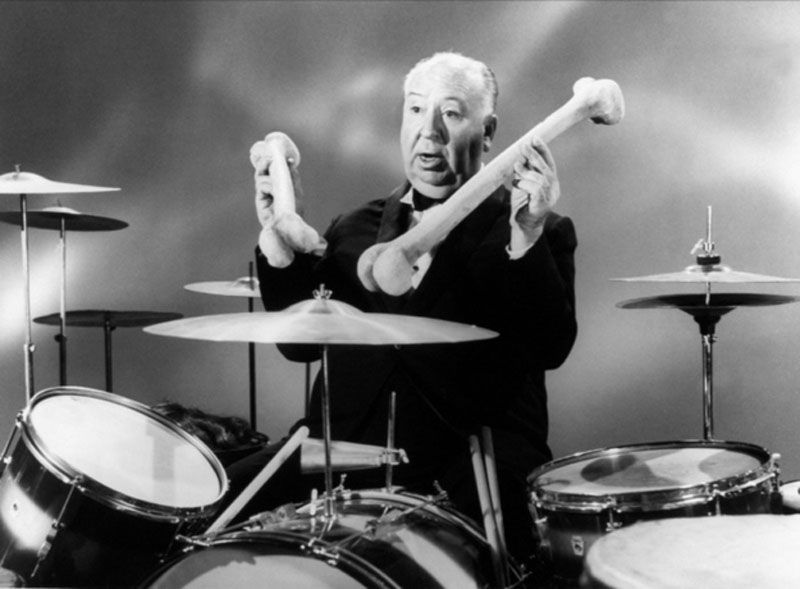
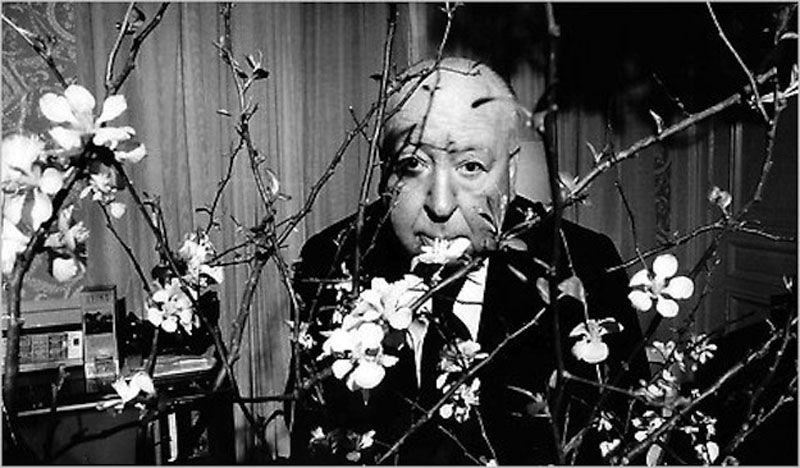


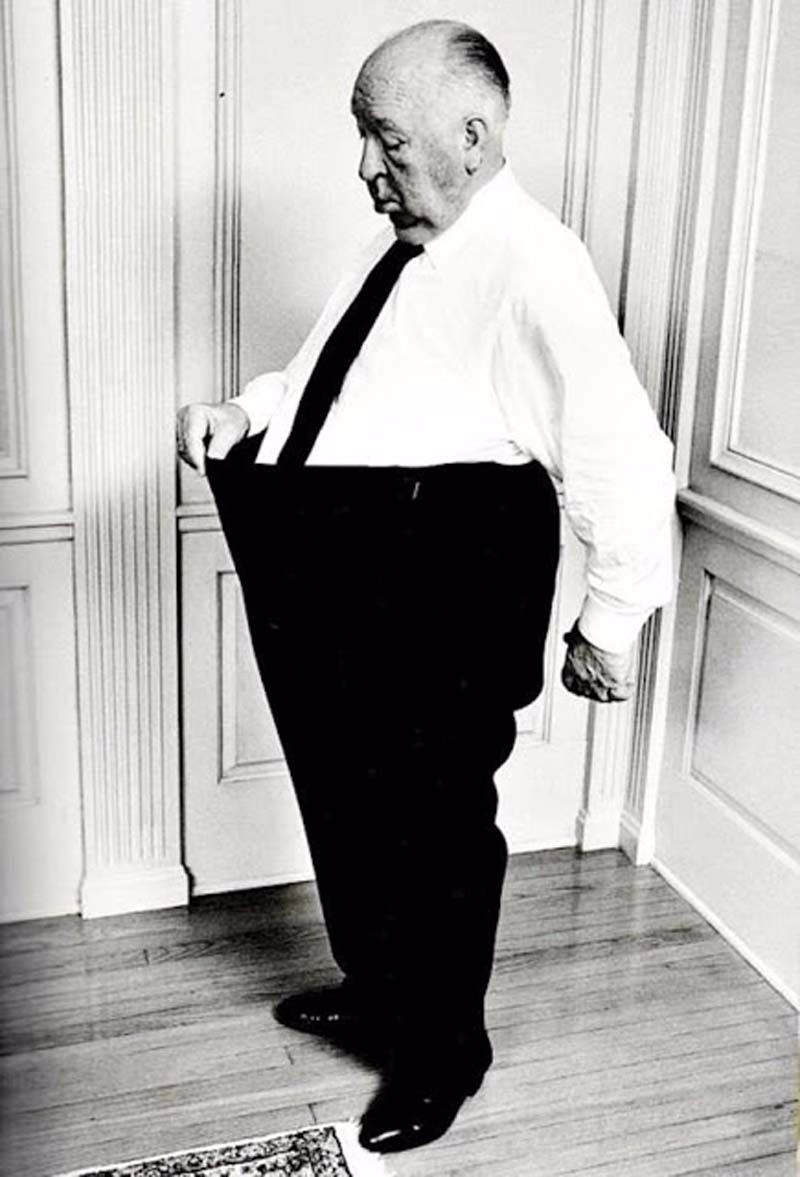
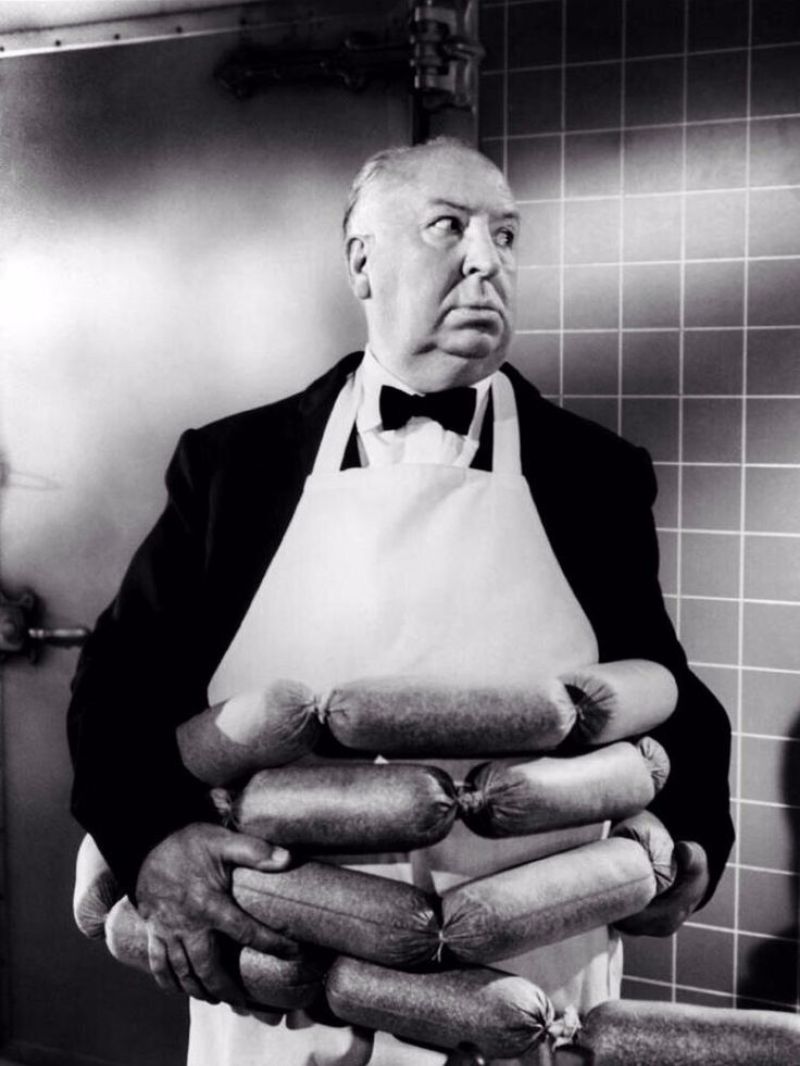

Hitchcock on the set of Blackmail (1929) with the film’s star Anny Ondra. Blackmail was started as a silent in spring 1929, before the decision was taken to make it a full talkie. The only problem with this was the Czech star Ondra’s heavy accent, which was unsuited to her role as a West London shopkeeper’s daughter. Hitchcock is pictured here conducting a sound test. He came up with the novel solution of using English actor Joan Barry to stand off camera and speak Ondra’s lines.

This is a rare picture of Hitchcock on location at the British Museum with cameraman Jack Cox, shot outside as blackmailer Tracy (Donald Calthrop) tries to evade the police by running into the museum. Hitchcock didn’t have permission to film inside the museum so reconstructed it with special effects. Although he has his back to the camera, the director is clearly recognizable.
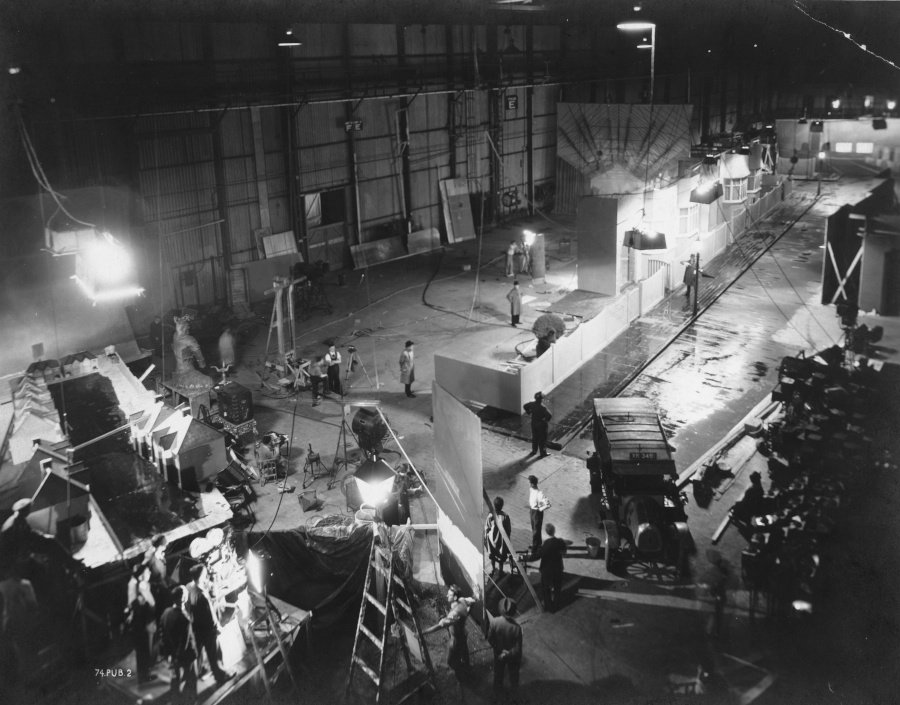
This is the large street set for the opening scenes of Rich and Strange (1931), in which the character of Fred (Henry Kendall) is seen leaving his humdrum job and returning to his suburban home. Spot the tiny but again unmistakable figure of Hitchcock with his hands on his hips surveying the set in the center of the image.

On the St Moritz set of The Man Who Knew Too Much (1934). The film opens in St Moritz, Switzerland (where Hitchcock and his wife Alma Reville honeymooned), recreated here in the studios of Lime Grove, London. Edna Best plays a competitive sharpshooter (Doris Day took the role in Hitchcock’s own 1955 remake and becomes a semi-retired singer instead). St Moritz didn’t feature in the remake, where the opening scenes are shifted to Morocco (Hitchcock shot much of this on location in North Africa).

Scouting for an ideal smalltown American location led Hitchcock to Santa Rosa, California for Shadow of a Doubt (1943). Unfortunately, the residents were so pleased that their town was picked to feature in the director’s film that they repainted all the houses, which the film crew duly had to re-age to make the town look authentic again.

The elaborate setup of Rope (1948), the story of two student killers who host a party in the apartment where the body of their victim is concealed. For Hitchcock’s experiment in long, unbroken takes, the walls and furniture of the apartment set had to be moved by out-of-shot prop men to accommodate the roaming camera.

On set with Janet Leigh for Psycho (1960). In contrast to the glossy production values of his previous film, North by Northwest (1959), Hitchcock shot Psycho cheaply in only 30 days, in black and white, and using the television crew from his series Alfred Hitchcock Presents (1955-62). Unusually for a film at the time, but standard practice for television, Hitchcock used two cameras for many scenes, enabling him to edit together shots from different angles without interrupting the flow of his actors’ performances.

On location for The Birds (1963). Originally set in Cornwall, Hitchcock changed the setting of Daphne du Maurier’s short story to Bodega Bay in Northern California. For his earlier du Maurier adaptation, Rebecca (1940), he also used California (the rugged coastline of Catalina) but this time to pose as the Cornish landscape around Manderley.

By the River Thames for the filming of Frenzy (1972), Hitchcock’s first film to be shot in Britain since portions of the second Man Who Knew Too Much (1955). In the trailer a dummy of his corpse is seen floating down the river, while Hitchcock’s traditional cameo appearance comes at the beginning of the film as a crowd gather outside London’s County Hall.
Behind-the-Scenes Photos of Alfred Hitchcock and the Making of Horror Film ‘Psycho’, 1960
.jpg)
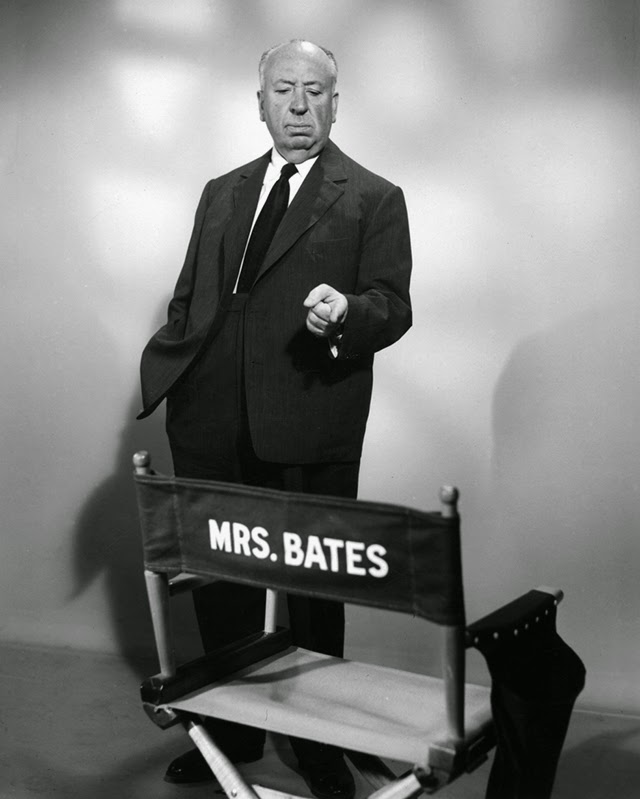.jpg)
.jpg)
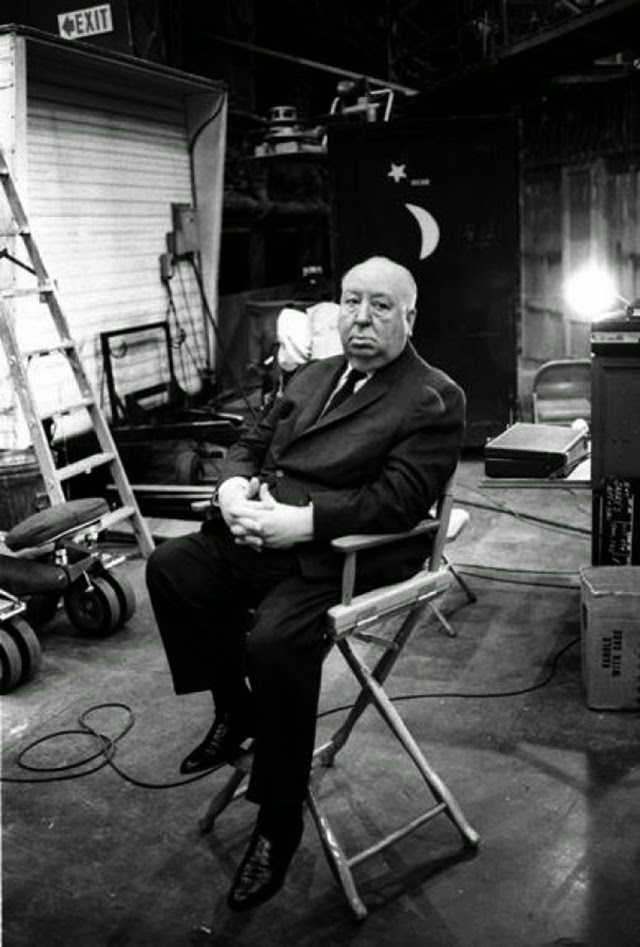.jpg)
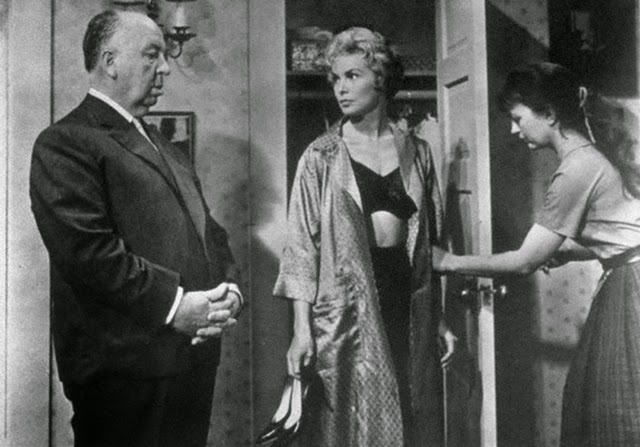.jpg)
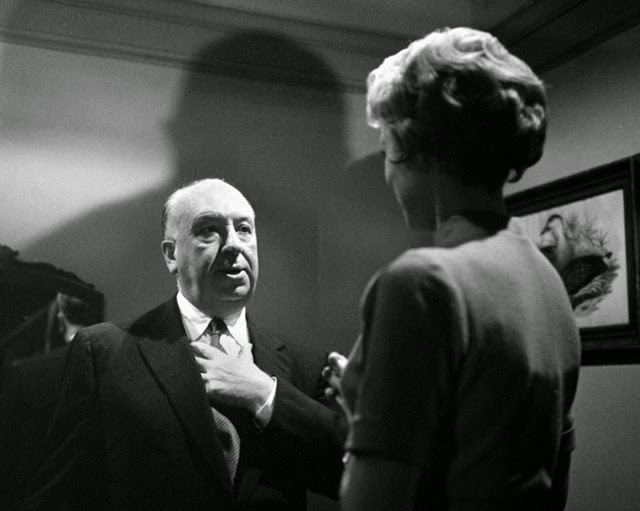.jpg)
.jpg)
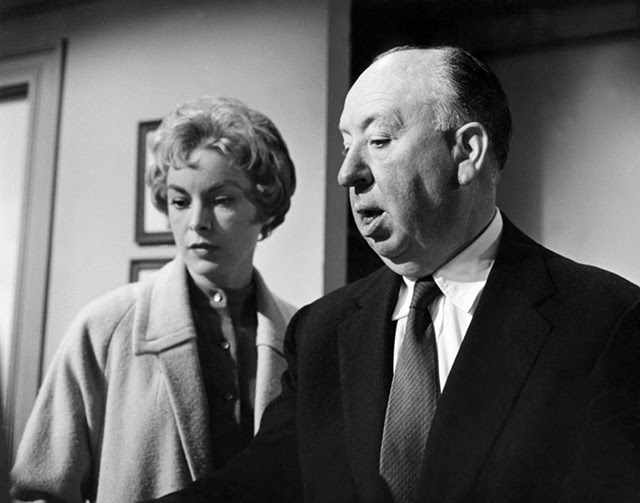.jpg)
.jpg)
.jpg)
.jpg)
.png)
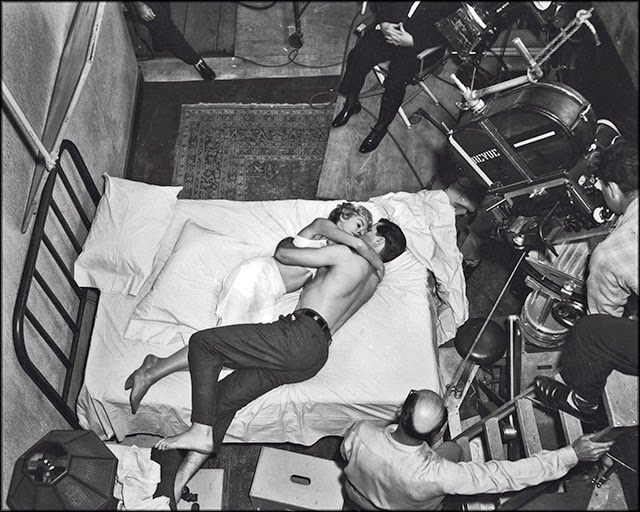.jpg)
.jpg)
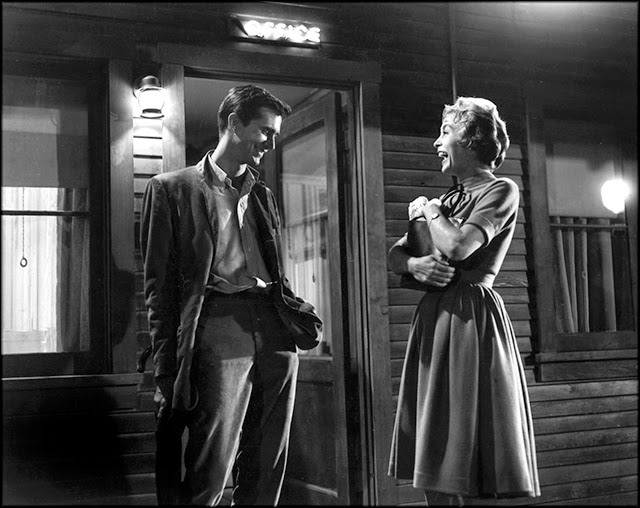.jpg)
.jpg)
.jpg)
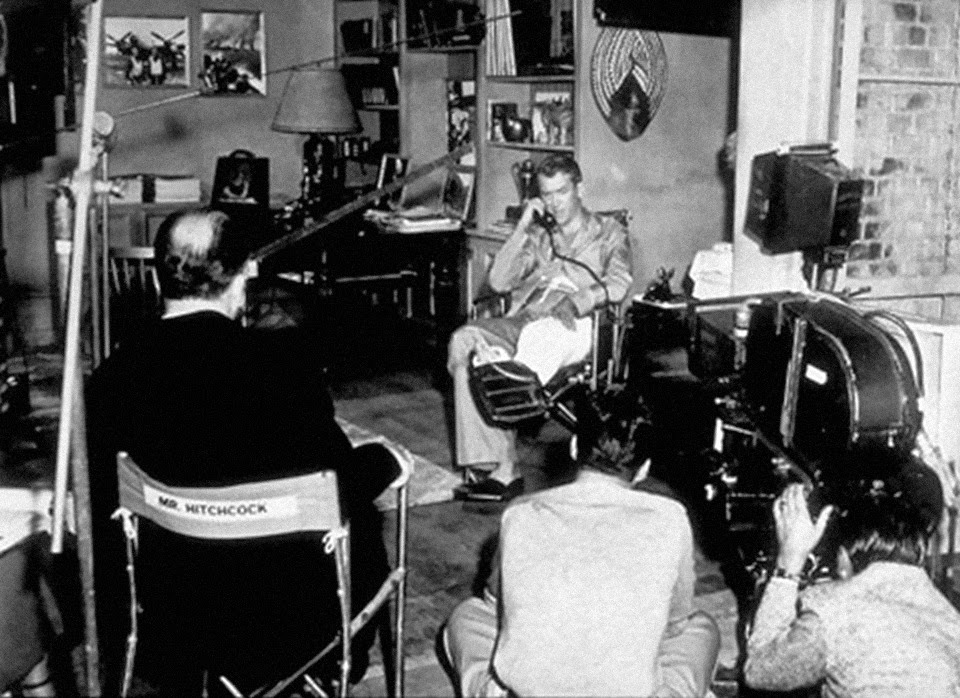.jpg)
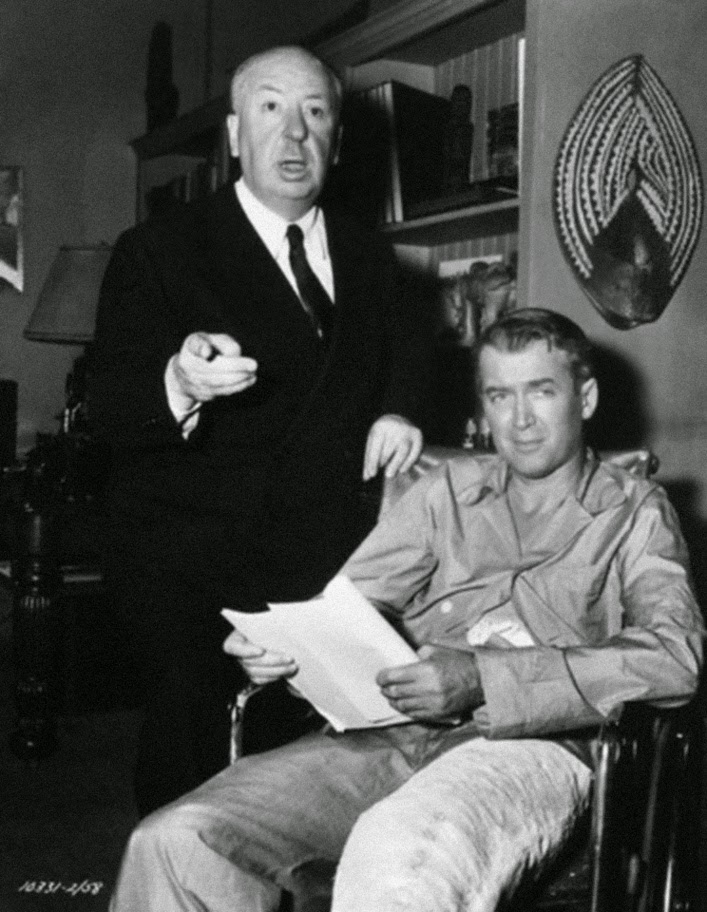.jpg)
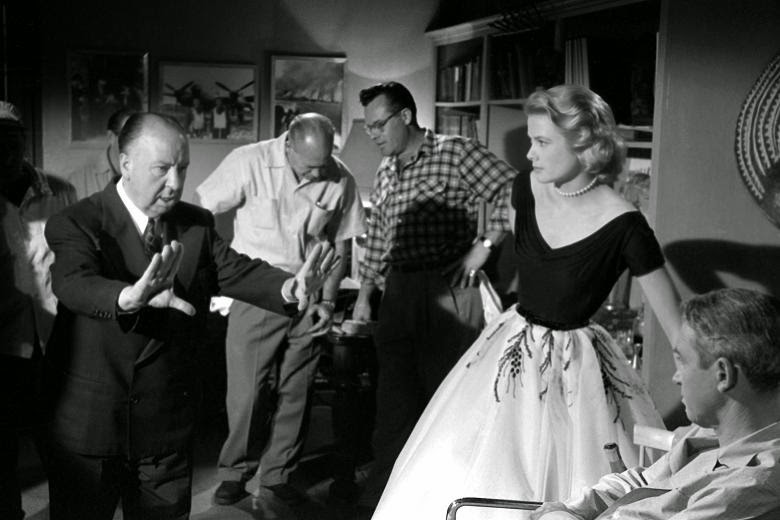.jpg)
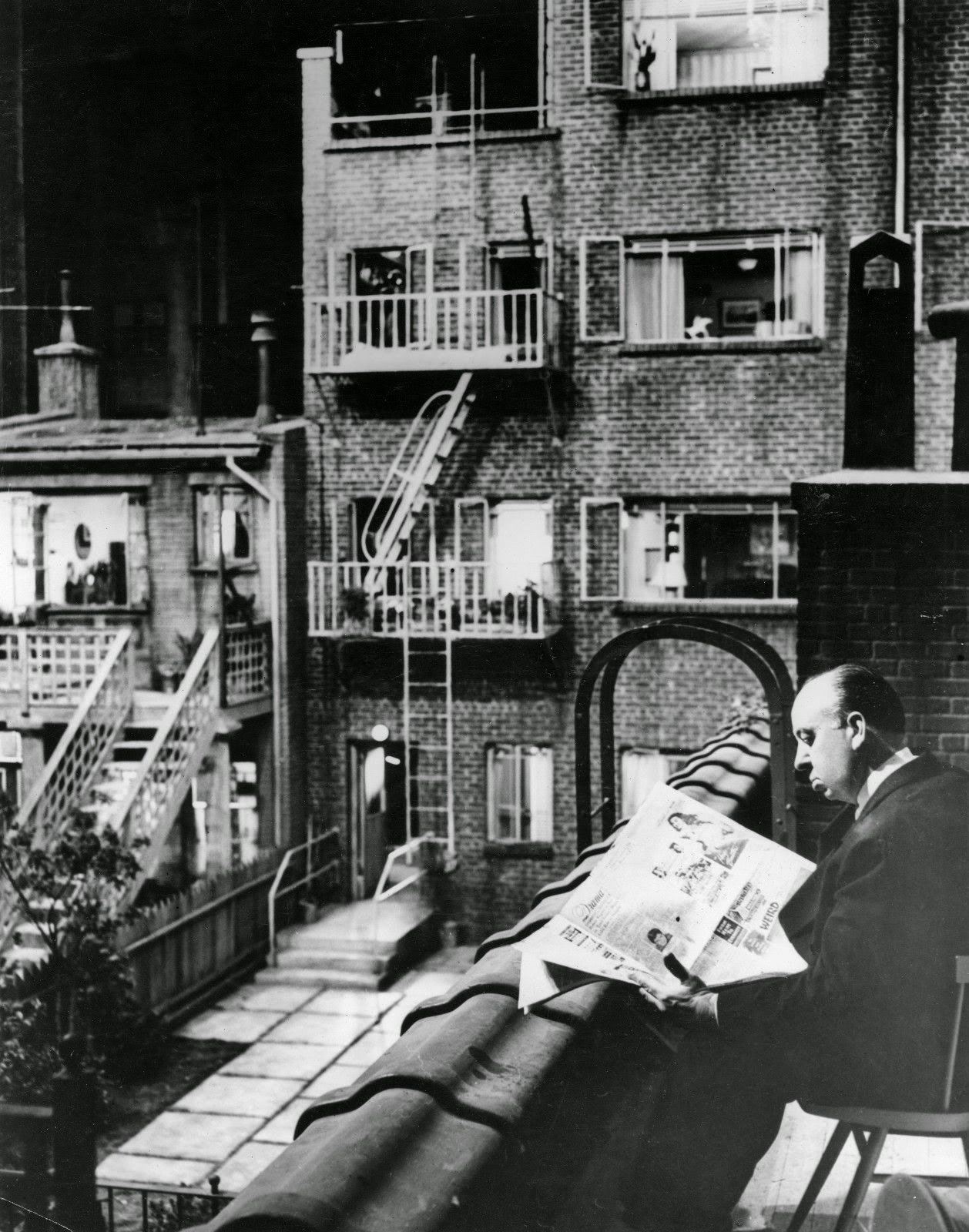.jpg)
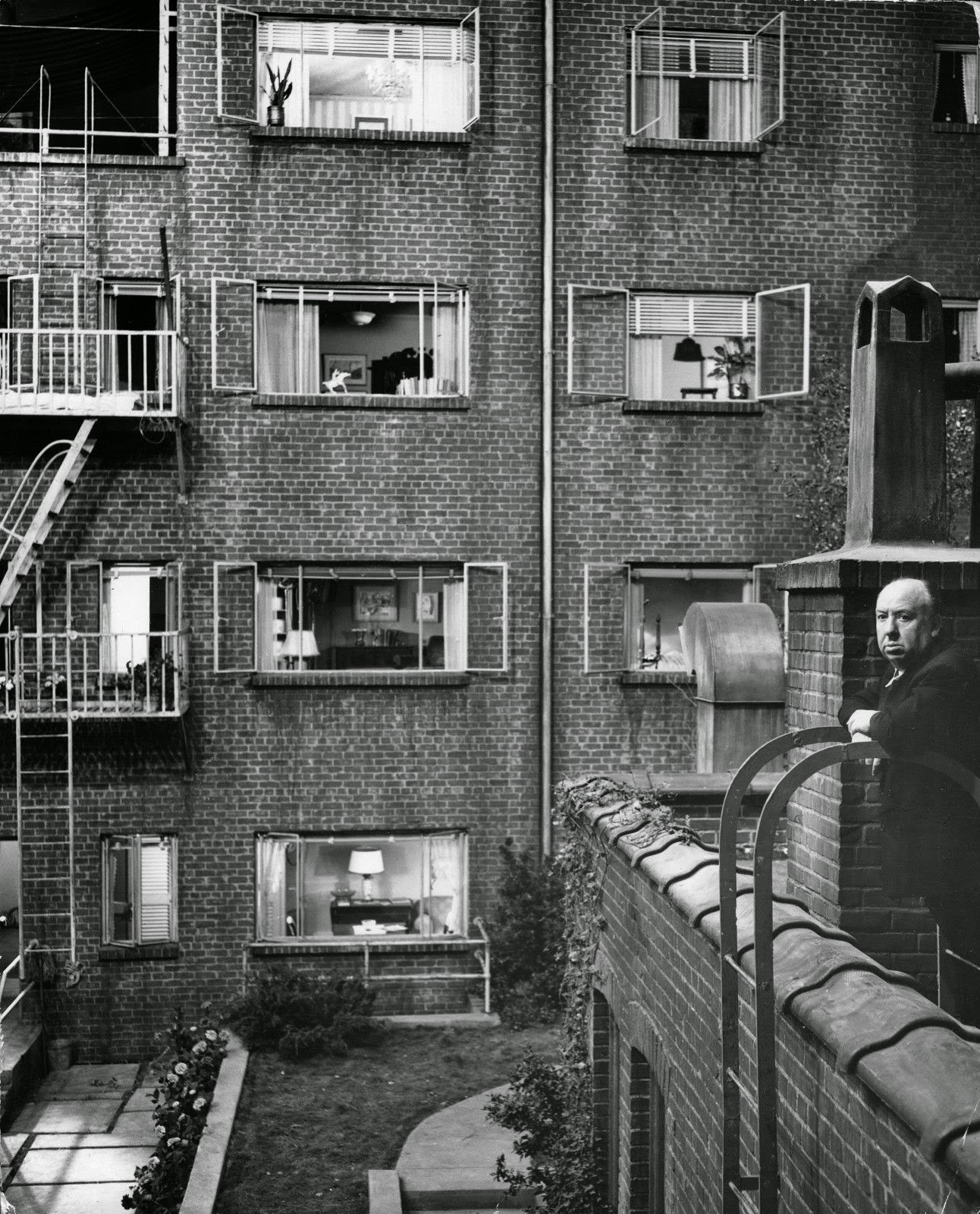.jpg)
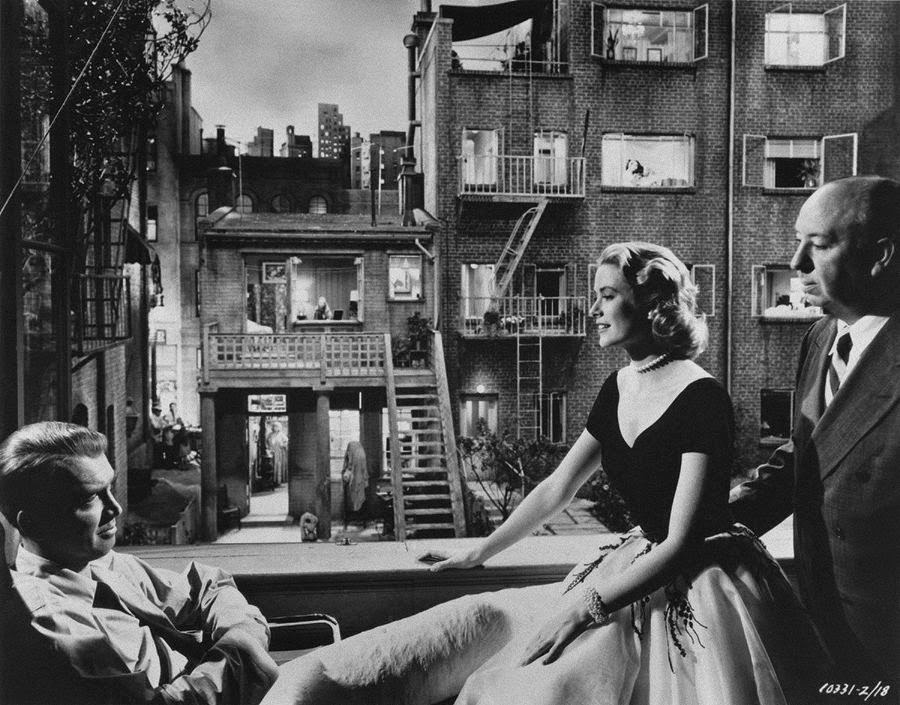.jpg)
.jpg)
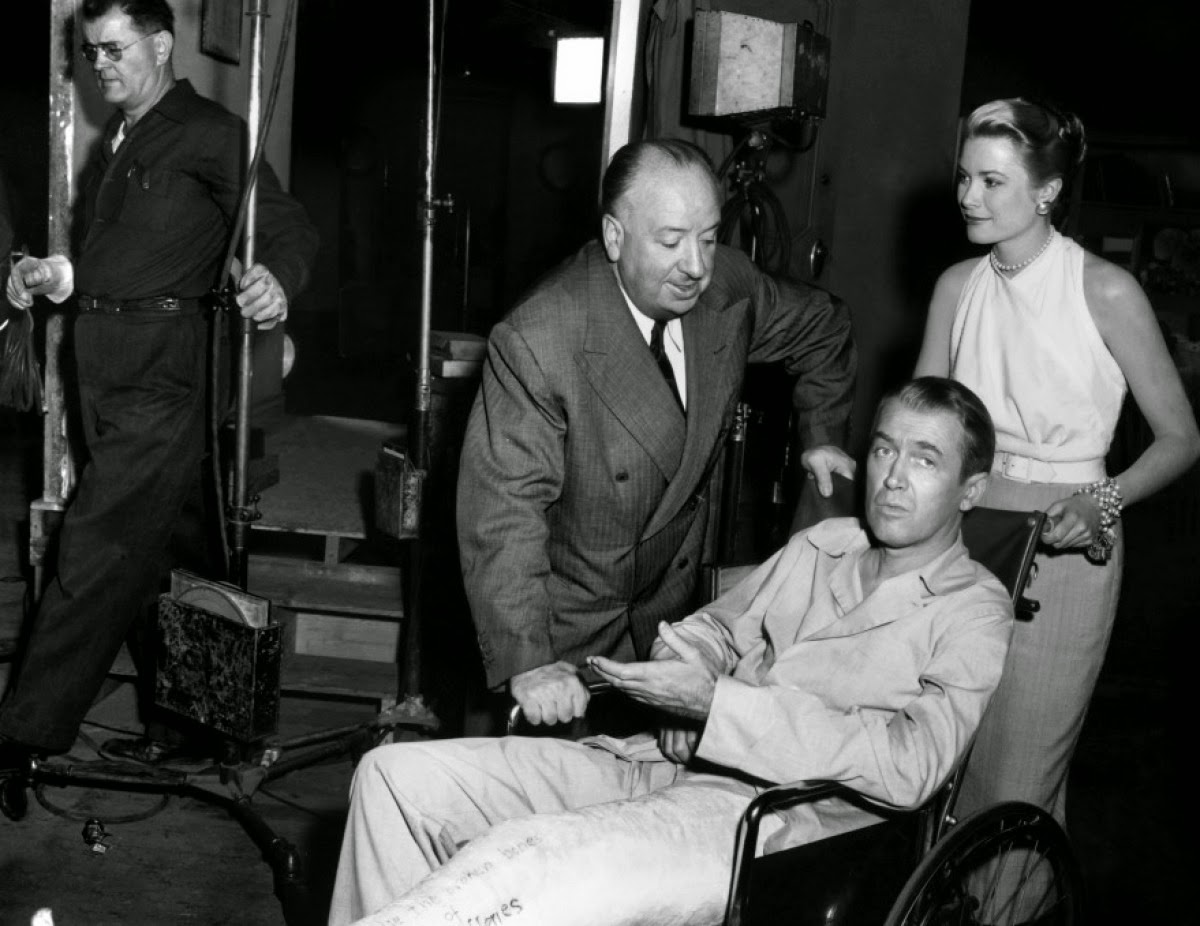.jpg)
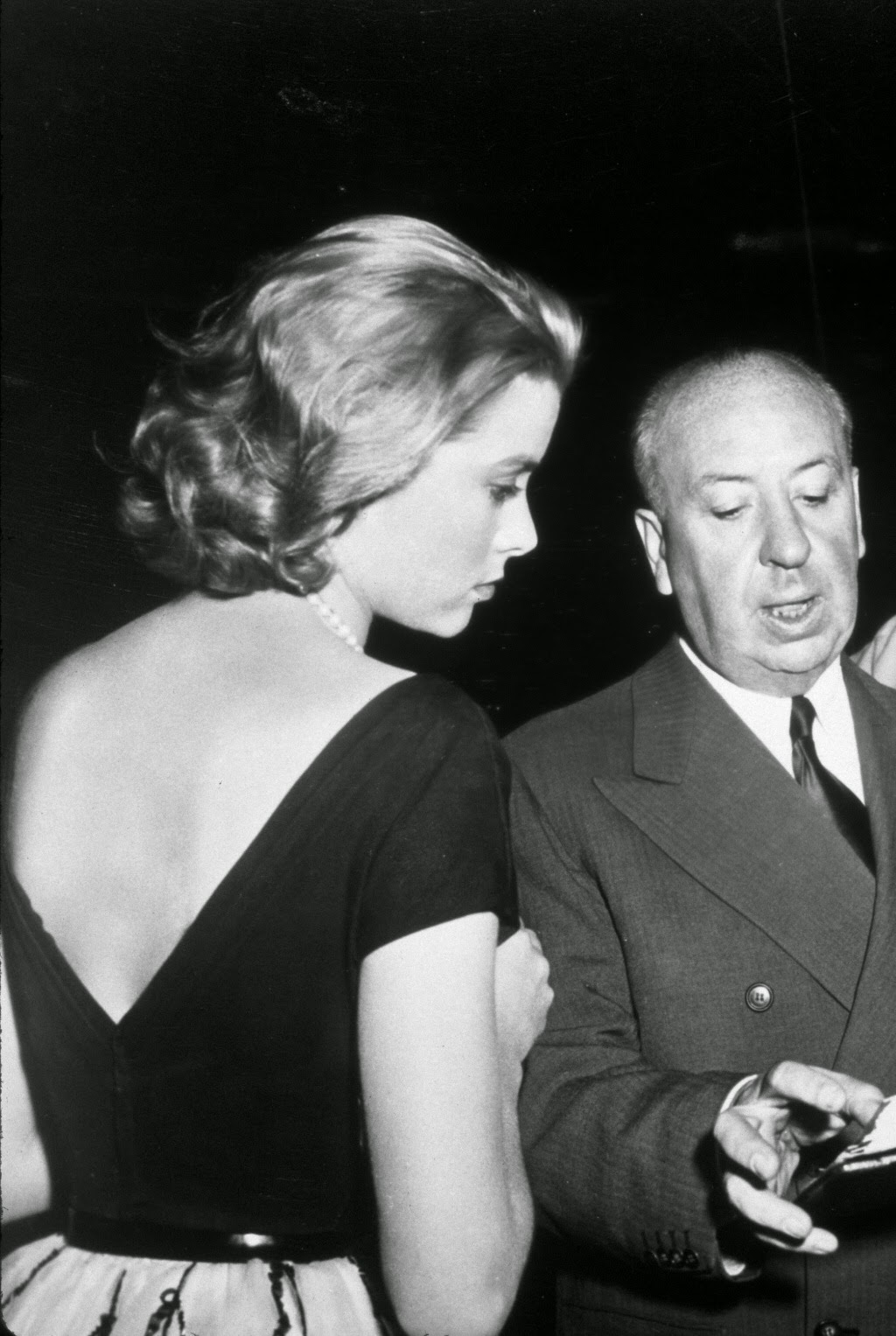.jpg)
.jpg)

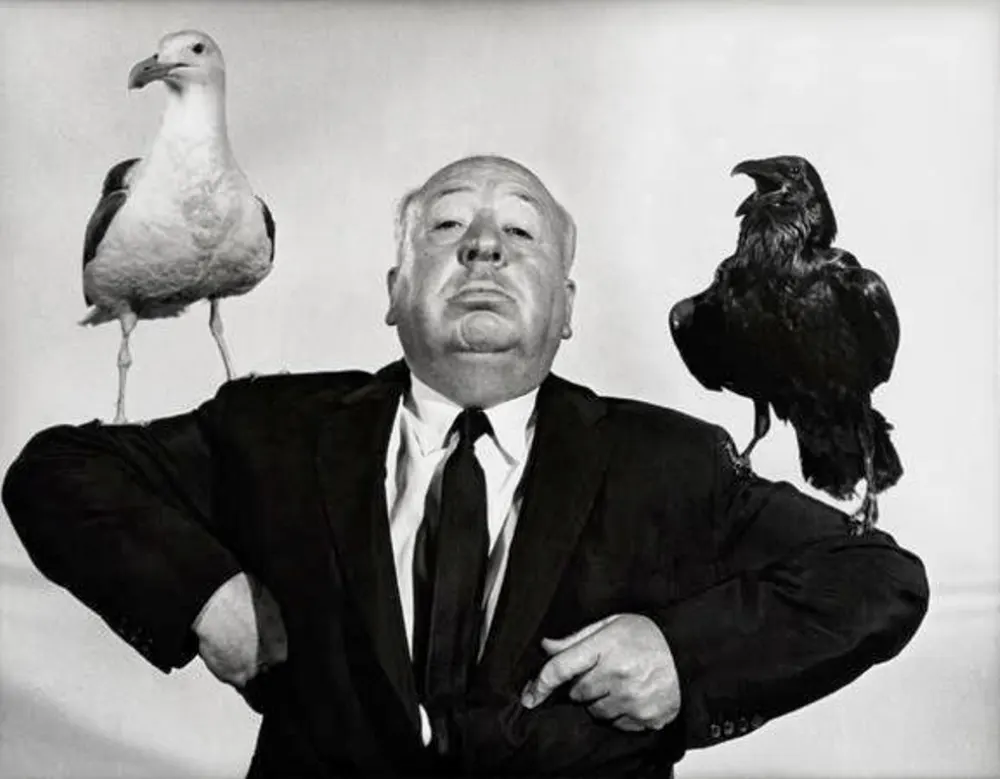
.jpg)


